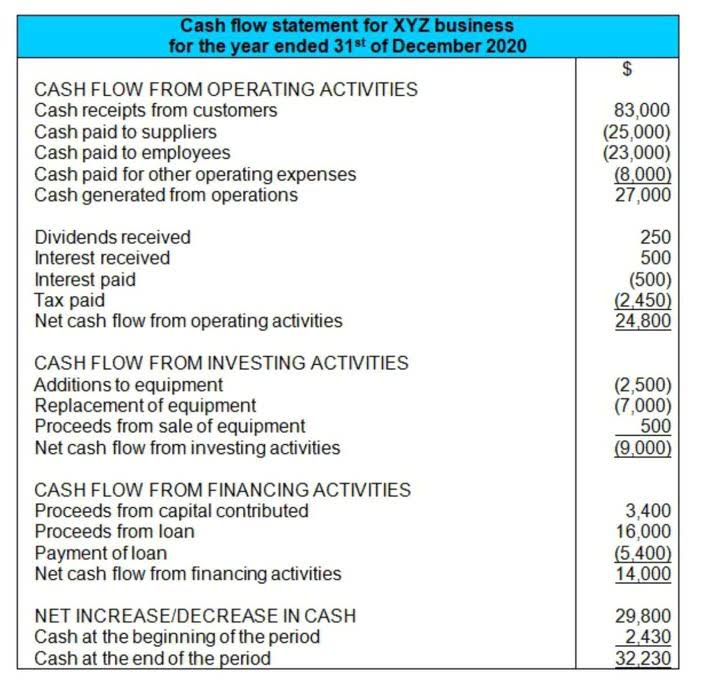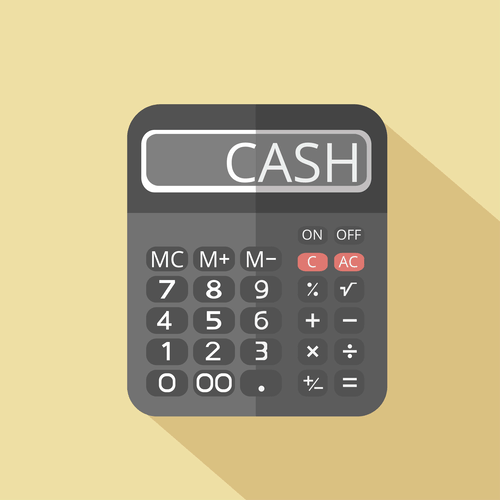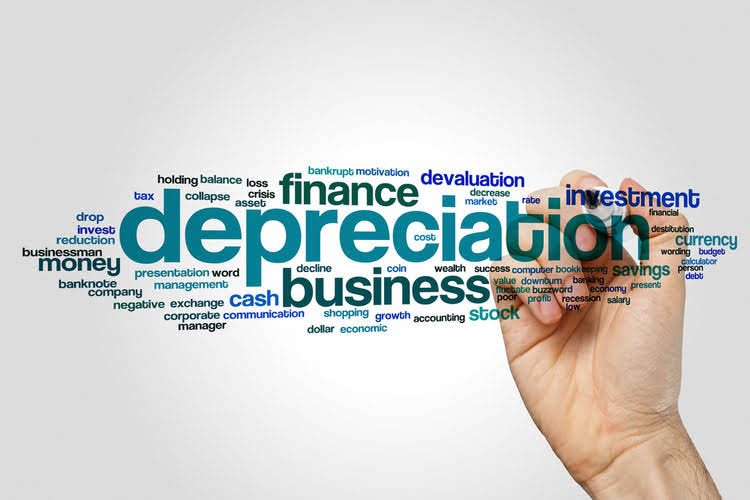Salvage Value Uses, Importance, Calculation and Example

Salvage value is a critical concept in accounting and financial planning, representing the estimated residual value of an asset at the end of its useful life. After ten years, no one knows what a piece of equipment or machinery Bookkeeping for Consultants would cost. The difference between the asset purchase price and the salvage (residual) value is the total depreciable amount. Managing inventory has never been easier with TAG Samurai Inventory Management.
Inventory Management for Small Businesses: Best Ways
The Proctor & Gamble machinery example is a great illustration of how to calculate salvage value. The machinery cost INR 800,000 and had a useful life of 5 years, with an annual depreciation of INR 90,000. It’s essential to keep accurate records of the asset’s depreciation and salvage value to ensure you’re taking advantage of the correct tax deductions. The IRS allows businesses to use the Accelerated Cost Recovery System (ACRS) or Modified Accelerated Cost Recovery System (MACRS) methods to determine the amount to be depreciated. The estimated remaining useful life of the asset is also important, which can be researched by looking at market examples of similar assets.
- Then, deduct 20% to 40% of the amount, which will give you an estimate of the vehicle’s salvage value.
- When calculating depreciation in your balance sheet, an asset’s salvage value is subtracted from its initial cost to determine total depreciation over the asset’s useful life.
- Salvage value estimation has been a part of asset management practices for as long as businesses have needed to account for the depreciation of their assets.
- If the salvage value is greater than the book value then income added after deducting the tax, the value/ amount then left is called after-tax salvage value.
- Use the eBay market check feature to compare your estimate with current market prices.4.
Straight-Line Depreciation Formula
The carrying value is what the item is worth on the books as it’s losing value. It’s a critical component in calculating depreciation and can significantly impact financial statements and tax calculations. In accounting, an asset’s salvage value is the estimated amount that a company will receive at the end of a plant asset’s useful life. It is the amount of an asset’s cost that will not be part of the depreciation expense during the years that the asset is used in the business.
Obsolescence and Technological Depreciation
It must be noted that the cost of the asset is recorded on the company’s balance sheet whereas the depreciation amount is recorded in the income statement. In financial accounting, capital assets or long-term assets, such as machinery, vehicles, and furniture, have a useful life. However, given that a broken down or obsolete asset may still have some residual value, some businesses can dispose of the asset by selling it for its current value. However, be cautious and have a detailed inspection done to assess hidden damages. Also, consider future insurance premiums and potential resale challenges down the line,” he says. It requires a blend of industry knowledge, data analysis, and practical judgment.

Therefore, a holistic approach that combines multiple methods and expert opinions often yields the most accurate results. The balance sheet shows the net book value of an asset, which is the original cost minus accumulated depreciation, helping stakeholders understand the asset’s current worth. The straight-line method is a how to calculate salvage value way to calculate depreciation by evenly spreading the asset’s cost over its useful life. The original purchase price and any capital improvements to the asset determine the cost basis, affecting the gain calculation.
Salvage Value Calculator
- Our Salvage Value Calculator helps you determine the theoretical end-of-life value of your assets and compare it with real market data.
- In this situation, the salvage values calculated are less than the book value.
- Useful life refers to the expected time an asset will be productive for a business.
- The basis cost of an asset includes any initial taxes, shipping fees, or installation costs.
- If you are unhappy with the value you are presented, you can discuss that with your agent.
Therefore, this method of calculating this value is referred to as the estimated method. Businesses calculate this value beforehand at the time of buying this machinery. Companies take into consideration the matching principle when making assumptions for asset depreciation and salvage value. The matching principle is an accrual accounting concept that requires a company to recognize expense in the same period as the related revenues are earned.


This can lead to a decline in their salvage value as buyers prefer assets with the latest technological capabilities. Before taking a salvage car to the public roads, ensure it’s fully repaired and approved by professional inspection. A vehicle inspected to meet road safety standards can obtain a rebuilt title.
Document Assumptions and Methodologies

From an accounting standpoint, salvage value represents the amount that can be recovered from selling the asset after its useful life. This value is typically estimated based on factors such as market conditions, asset condition, and demand. The salvage value in a buyback situation is the car’s worth in the condition it is in with the damages it sustained in the accident. If you wish to buy back a car from an insurance company that deemed your vehicle a total loss, you should discuss the value of the car and the cost of buying it back. You cannot find a salvage car’s value in Kelley Blue Book or with a standardized car salvage value calculator. So, if you normal balance want to calculate the salvage value of a car, start by determining how much the car would be worth with a clean title.
Find More Calculator ☟
Salvage value refers to the estimated value of an asset at the end of its useful life, or at the time when it is no longer productive or useful to its owner. It represents the amount that an owner can expect to receive from the sale or disposal of the asset at the end of its useful life. Eventually, it reaches a point where it’s no longer practical to keep repairing it. The amount you receive from selling the car or its parts is the salvage value. Investors can use after-tax salvage value calculations to assess the profitability of investments and the potential return on asset sales.
Adresa
Hotel Korsal
Šetalište Frana Kršinića 80
20260 Korčula, Hrvatska-

-

Kontakt
Telefon: +385 20 715 722
E-mail: info@hotel-korsal.com

